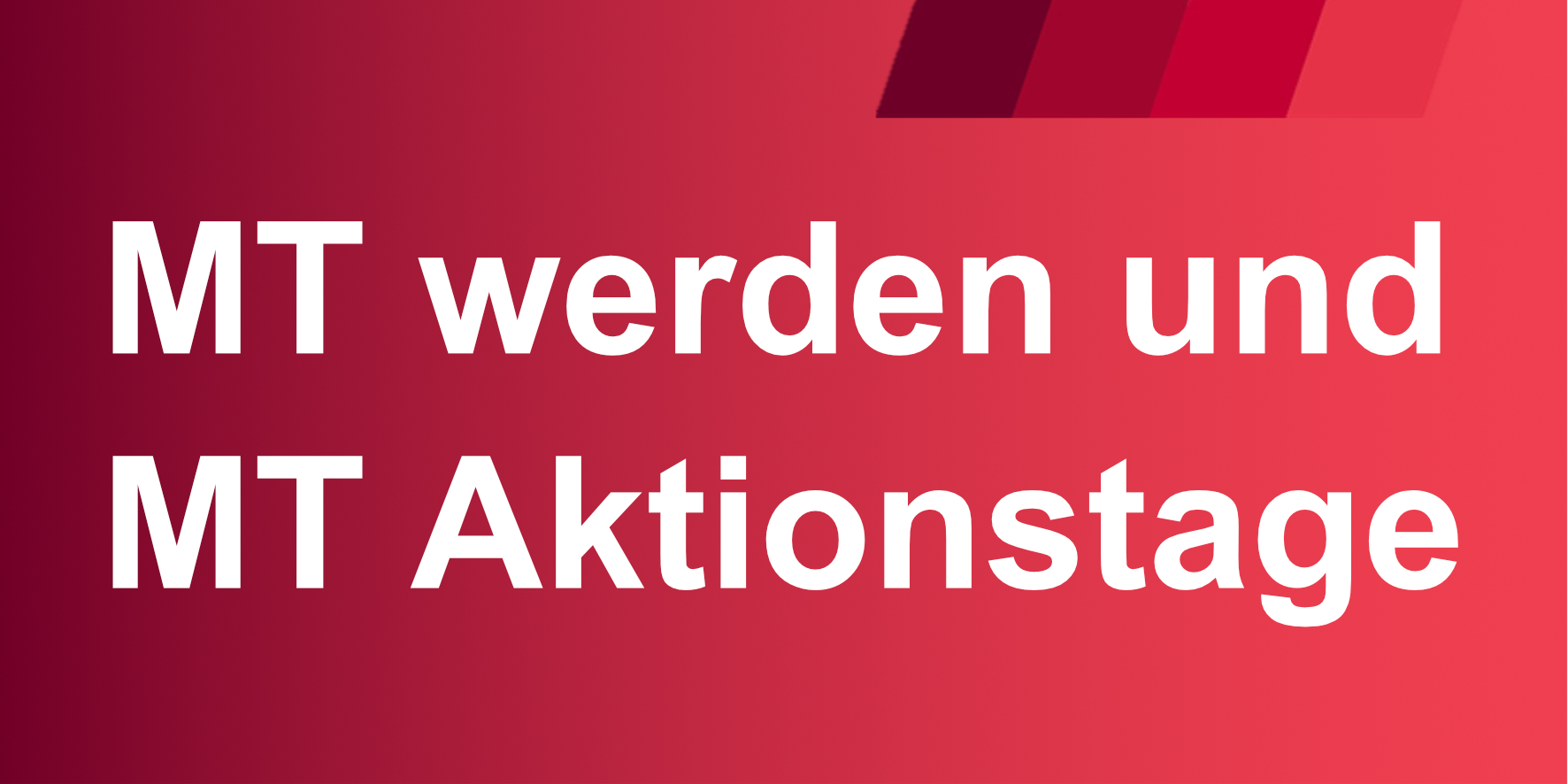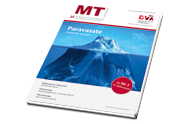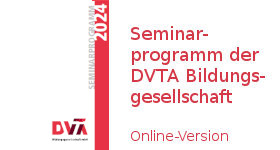*
<https://ecibc.jrc.ec.europa.eu/recommendations/list/Professional/6collapse#6> What is the optimal strategy to invite women to organised breast cancer
screening programmes?
This set of recommendations aims to determine the best way to invite women
to attend their periodic screening.
*
<https://ecibc.jrc.ec.europa.eu/recommendations/list/Professional/8collapse#
8> How should mammography screening be implemented?
greater ability to cover the target population, greater effectiveness as
well as providing a more equitable access to these services.
*
<https://ecibc.jrc.ec.europa.eu/recommendations/list/Professional/9collapse#
9> How should screening mammographies be read?
Practice varies with respect to image reading and diagnostic protocols. One
of the methods that can be adopted to improve sensitivity of mammography
screening is double reading, whereby the mammograms are read, generally
independently, by two trained readers.
On diagnosis
*
<https://ecibc.jrc.ec.europa.eu/recommendations/list/Professional/5collapse#
5> Which method should be used to obtain a sample of a suspicious breast
lesion?
lesion: fine needle aspiration cytology and needle core biopsy. This
recommendation evaluates these two different methods.
*
<https://ecibc.jrc.ec.europa.eu/recommendations/list/Professional/7collapse#
7> What threshold of oestrogen and/or progesterone should be used to provide
endocrine therapy in women with invasive cancer?
The hormone receptor status of an invasive breast carcinoma is a strong
predictive marker of tumour response to endocrine therapy. Different
thresholds are currently used. The aim of these questions was to determine
the most appropriate threshold to use.
*
<https://ecibc.jrc.ec.europa.eu/recommendations/list/Professional/11collapse
#11> Should Ki-67 testing (in addition to clinico-pathological indices and
breast biomarkers) be used to guide the administration of adjuvant
chemotherapy in patients with hormone receptor positive, HER-2 negative,
lymph node negative invasive breast cancer?
provide additional prognostic and predictive information and assist decision
making regarding administration of adjuvant chemotherapy to patients with
invasive breast cancer. The aim of this recommendation was to answer this
question.
Background
The European Commission Initiative on Breast Cancer (ECIBC) is developing
the European Breast Guidelines, evidence based recommendations. The European
Breast Guidelines provide women and healthcare providers with clear,
objective and independent guidance on breast cancer screening and diagnosis.
They guide healthcare managers and policy-makers in planning, organising and
monitoring the effectiveness of services for breast cancer screening and
diagnosis. The recommendations already available can be found online
<https://ecibc.jrc.ec.europa.eu/recommendations/> , and more will be
released in the coming months, as soon as they are finalised.












